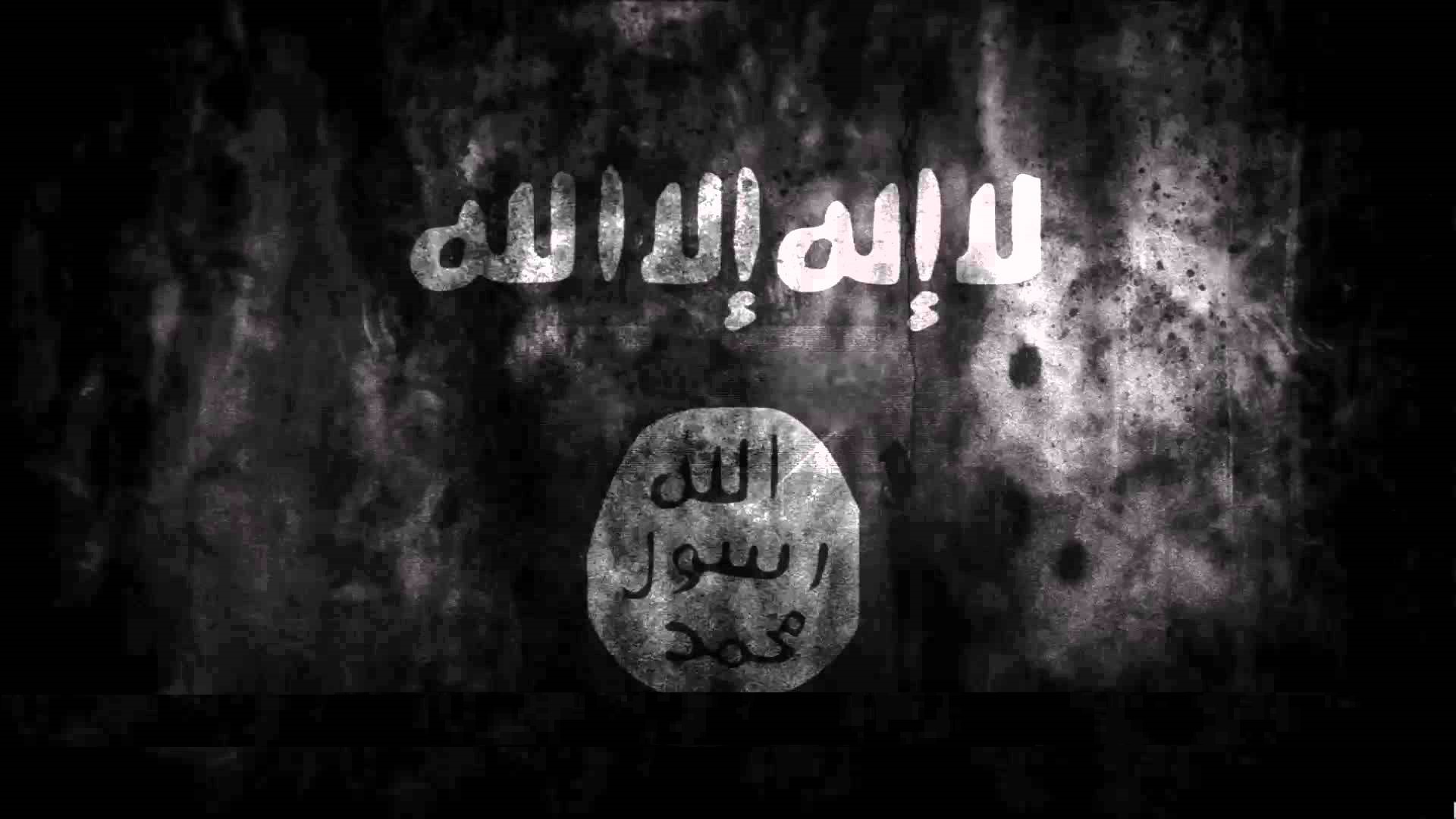After the counter-offensive of Iraqi Security Forces against the Islamic State (IS) in Falluja and now in Iraq’s second largest city Mosul, Iraq is looking set to enter a new phase of conflict which could lead to a rebalancing of power in the region. After nearly three years since IS established a caliphate in large areas of Iraq and Syria, the triumph of the Shiite alliance in Syria seems to have reshuffled the geopolitical cards and thrown the Wahabbi/Sunni axis off balance which was supporting the Salafi jihādist movement.
Following the entrance of Russia into the Syrian Civil War (2011 - current) and the large scale attacks of the military coalition led by the United States in Iraq, the city of Mosul appears close to being recaptured from IS. However, it is still uncertain what will happen once IS is expelled from their main stronghold in Iraq. Equally unclear is what the future holds for the Sunni population in al-Anbar and Ninewa provinces in north and western Iraq.
Local and regional Sunni powers will seek to fill and exploit the power vacuum left behind by the ultra-violent terrorist organisation for political and economic gain, a gamble which could be more dangerous for the region than the original presence of IS. In northern Iraq, the government of Baghdad, following its successful operations in Falluja and the eastern side of Mosul, are trying to expel the jihādists from the western side of the city.
From the other side, the Kurdish forces have established control over Kirkuk and have been pushing from the north into Mosul while in Syria, various factions (including the Kurdish YPG and Syrian Democratic Forces) are preparing for a major military operation against IS's stronghold in Raqqa. What will happen to IS in the Syrian and Iraqi wars once it loses its major territories? Will a post-Islamic State Iraq and Syria bring an end to the multi-layered conflicts plaguing the region?
IS will organise the defence of Mosul and Raqqa and carry out further suicide attacks and urban guerrilla warfare against Iraqi Security Forces (ISF) and Shiite militias once they have reoccupied the city. This pattern proved successful for the Iraqi branch of Al-Qa'ida led by Abu Musab al-Zarqawi against the U.S military during the occupation of Iraq while jihādists frequently launched ambushes against military convoys and patrols in the claustrophobic terrain in major urban areas.
Snipers, mortar fire, and rocket launchers will provide a large range of options to attack the ISF and militias establishing control in the coming months. However, the most effective and lethal weapon which IS will utilise once they have lost their major strongholds will remain the Improvised Explosive Device (IED).
The lethality of the IED was demonstrated against U.S soldiers in Iraq and illustrated how such tactics can permit a small number of resourceful insurgents to stand against one of the most powerful armies in the world. The ISF, already overextended in major population centres, will struggle to prevent all planned terrorist attacks and plots from occurring in the cities in which IS's sleeper cells currently operate.
The leadership of IS will move outside of Mosul and create a new bridgehead in the Hamrin mountains to attack the ISF and Kurdish forces in major Sunni provinces across the border between Iraq and Syria. This currently proven to be the worst nightmare for the forces operating against the jihādist group and has and will lead to a new wave of terrorist attacks in all the cities which have been recaptured from IS by the government in Baghdad and the Kurdistan Regional Government.
Once IS has lost its political and military influence in the major Sunni cities, the probability of an increase in tit-for-tat violence and pogroms between various ethnic and religious communities is highly likely and the numerous regional powers entangled in Iraq fighting over small portions of territory will do little to stabilise the region. The infighting and divisions could provide a fresh opportunity for IS to re-establish itself and its relationships with the various Sunni tribes, some of whom provided IS with political and military legitimacy and power to make substantial territorial gains in 2013 and 2014.
IS's predominant strength lies in conducting terrorist operations. Such operations have already been on devastating display in Europe and the Middle East over the last several years as sleeper cells and lone wolves, supported and encouraged by Abu Bakr al-Baghdadi's fighters, have continued to conduct audacious and indiscriminate terrorist attacks against Syrian, Iraqi and Western civilians and other countries which have been operating against their sub-state in Iraq and Syria.
A "new" Islamic State could be reconstituted in a new war-zone and new groups and recruits will emerge as IS have already proven it can rapidly reassemble their strategic and tactical goals in new countries plagued by instability and conflict. Worse still, many foreigner fighters fighting for IS are returning to their own countries to begin terrorist campaigns in European societies.
This is the worst scenario for policymakers and security officials and could lead to a new era of terror in many cities in Europe and the United States. These attacks across multiple continents would carry greater political gravity than the formation of the original caliphate in Iraq and Syria in 2014.
